What type of fitment do you have?
Search by vehicle:
Search by size:
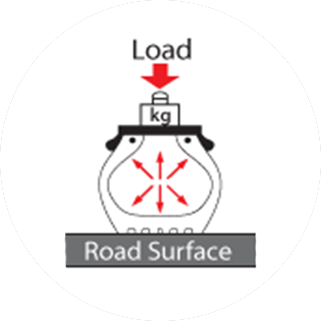
Air pressure and tire construction are important factors to carry and sustain the weight of vehicles.

Air pressure and tire construction reduces initial road vibrations and shocks before being muted again by the suspension.
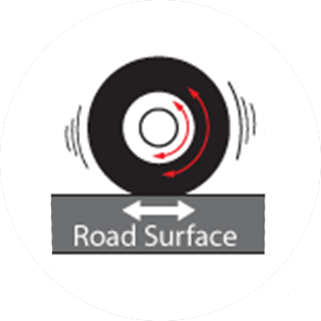
Tires serve to deliver power from the engine to move the vehicle and also provides traction and braking performance
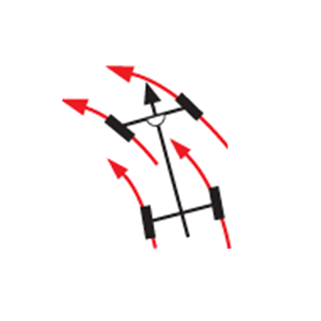
Tires are very important in controlling the direction of the vehicle, which will determine the maneuvering capability and stability in driving.
Tires have its 'language' to communicate in the form of a series of numbers and letters to indicating data specification, brand and type. It is universal and has been agreed by all tire manufacturers worldwide.
Here are the meanings of these codes:
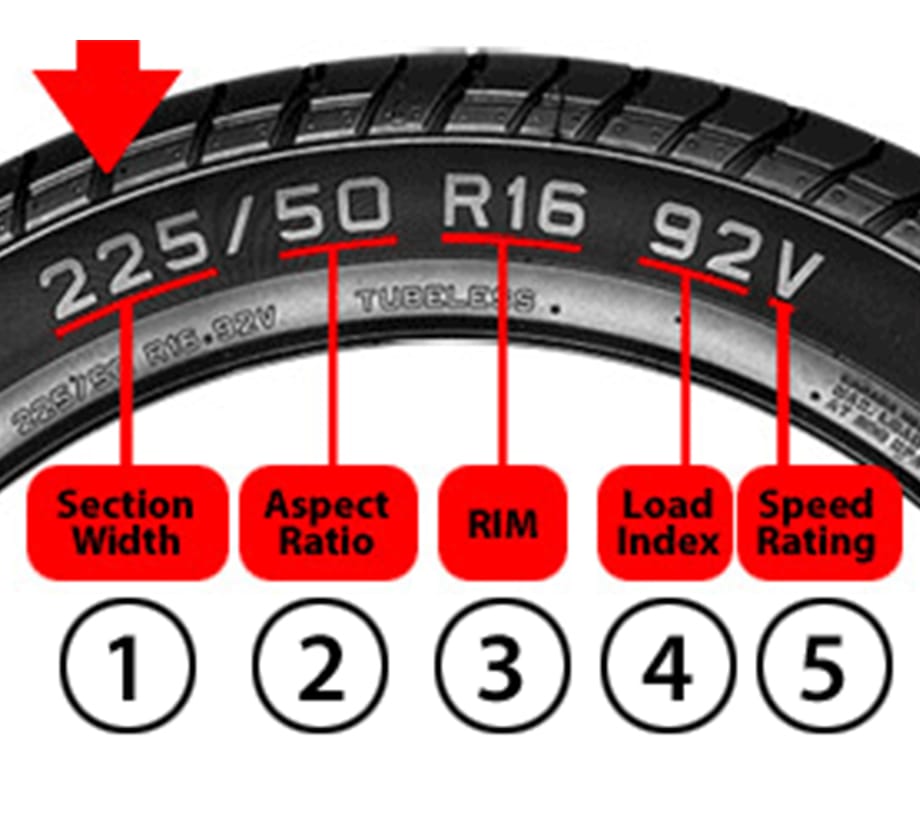
The UTQG (Uniform Tire Quality Grades) rating is a labeling requirement by the U.S Department of Transportation for all tire manufacturers. The label of UTQG represents a tire's Treadwear, Traction and Temperature resistance. Traction and temperature resistance ratings are specific performance levels, while treadwear ratings are assigned by manufacturers following tests conducted and are reliable when comparing tires of the same brand.
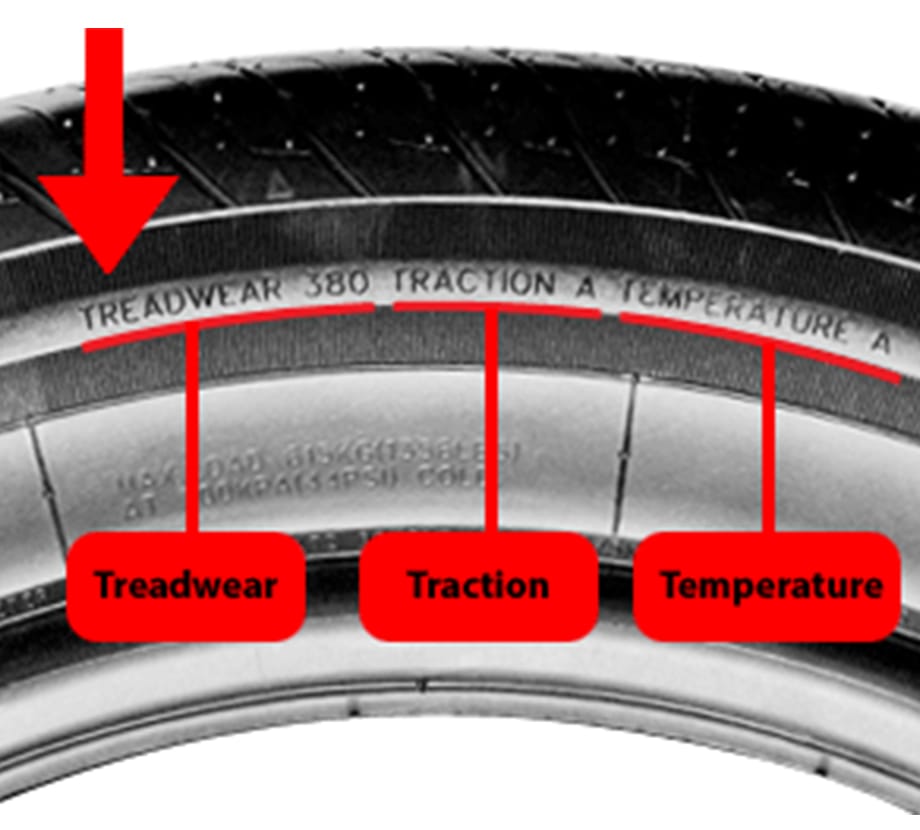
The treadwear grade indicates the wear rate of a tire and is a comparative rating based on test conducted by tire manufacturers. The grades are not an indication of actual mileage, but can be used as a relative comparison. For example, a grading of 400 should last twice as long as a tire graded 200, given similar driving conditions in the same brand.
Traction rating is an indication of a tire's ability to stop while on wet pavement. The braking distance is indicated by ratings of "AA" (highest braking ability), "A", "B" and "C". Traction rating only indicates straight line wet braking and does not indicate wet cornering abilities of the tire.
Temperature resistance rating indicates the tire's ability to withstand heat. It is graded according to a properly inflated and not overloaded tire. It is graded from "C", being the lowest, to "B" and "A" ratings.
| LI | Lbs | Kgs | LI | Lbs | Kgs | LI | Lbs | Kgs | LI | Lbs | Kgs |
|---|---|---|---|---|---|---|---|---|---|---|---|
| 71 | 761 | 345 | 81 | 1019 | 462 | 91 | 1356 | 615 | 101 | 1819 | 825 |
| 72 | 783 | 355 | 82 | 1047 | 475 | 92 | 1389 | 630 | 102 | 1874 | 850 |
| 73 | 805 | 365 | 83 | 1074 | 487 | 93 | 1433 | 650 | 103 | 1929 | 875 |
| 74 | 827 | 375 | 84 | 1102 | 500 | 94 | 1477 | 670 | 104 | 1984 | 900 |
| 75 | 853 | 387 | 85 | 1135 | 515 | 95 | 1521 | 690 | 105 | 2039 | 925 |
| 76 | 882 | 400 | 86 | 1168 | 530 | 96 | 1565 | 710 | 106 | 2094 | 950 |
| 77 | 908 | 412 | 87 | 1201 | 545 | 97 | 1609 | 730 | 107 | 2149 | 975 |
| 78 | 937 | 425 | 88 | 1235 | 560 | 98 | 1653 | 750 | 108 | 2205 | 1000 |
| 79 | 963 | 437 | 89 | 1279 | 580 | 99 | 1709 | 775 | 109 | 2271 | 1030 |
| 80 | 992 | 450 | 90 | 1323 | 600 | 100 | 1764 | 800 | 110 | 2337 | 1060 |
Note: A "ZR" may appear for tires having a maximum speed capability above 240km/h (150 mph)
| - | J | K | L | M | N | P | Q | R | S | T | H | V | W | Y |
|---|---|---|---|---|---|---|---|---|---|---|---|---|---|---|
| MpH | 62 | 68 | 75 | 81 | 87 | 93 | 100 | 113 | 113 | 118 | 130 | 150 | 168 | 188 |
| KmH | 100 | 110 | 120 | 130 | 140 | 150 | 160 | 170 | 180 | 190 | 210 | 240 | 270 | 300 |
What type of fitment do you have?
Search by vehicle:
Search by size:
© GT Radial. All Rights Reserved.